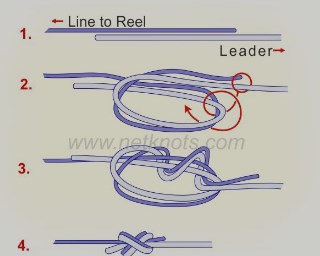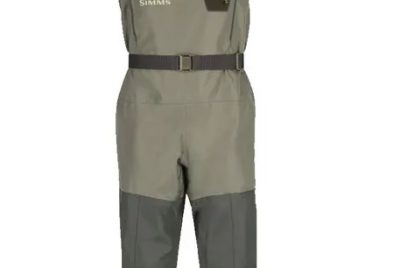Fly Fishing Nippers
Introduction
Picture this: You’re knee-deep in a pristine mountain stream, the gentle rush of water in your ears, and the promise of a catch just beneath the surface. To truly enjoy the art of fly fishing, you need the right tools, and among them, fly fishing nippers are your unsung heroes. In this article, I’ll share why these seemingly simple tools matter, the types available, how to choose the perfect pair, and expert tips on their use. Let’s dive in and nip your way to fly fishing success!
Why Fly Fishing Nippers Matter
Precision and Convenience
Fly fishing nippers offer precision cutting of lines, leaders, and tippets, ensuring clean and accurate cuts for knot tying and fly changes. They are a convenient addition to your angling arsenal.
Streamside Versatility
Nippers are compact and easy to carry, making them ideal for streamside use. Their small size and lightweight design allow for quick access when needed.
Tackle Preservation
Properly cutting lines with nippers helps preserve the integrity of your fishing tackle. Clean cuts reduce the risk of weak points in your line, ensuring a secure connection to your fly.
Safety Considerations
Using nippers is safer than attempting to bite or tear fishing lines, which can lead to injury or damaged teeth. They also prevent potential contamination from handling flies with your teeth.
Types of Fly Fishing Nippers
Standard Nippers
Standard nippers are the most common type. They have a simple design with two sharp cutting edges and are suitable for general line cutting tasks.
Combo Tools
Combo tools combine nippers with other essential tools like knot tying tools, hook sharpeners, or eyelet cleaners. They are versatile and compact.
Spring-Loaded Nippers
Spring-loaded nippers automatically open after each cut, reducing the effort required for repetitive line trimming. They are a favourite among anglers who appreciate efficiency.
Multi-Tools
Multi-tools are comprehensive gadgets that include nippers along with a range of other fishing tools, such as pliers, scissors, and more. They are perfect for anglers who prefer an all-in-one solution.
Choosing the Right Fly Fishing Nippers
Fishing Conditions
Consider the fishing conditions you’ll encounter. If you primarily fish in saltwater, opt for nippers made from corrosion-resistant materials.
Material and Build
Nippers are made from various materials, including stainless steel and aluminum. Stainless steel nippers are durable and resistant to rust, while aluminum nippers are lightweight.
Ergonomics and Grip
Choose nippers with an ergonomic design that fits comfortably in your hand. A textured grip ensures a secure hold, even when wet.
Budget Considerations
Nippers come in a range of price points. While it’s tempting to splurge, there are quality options available at various budgets. Consider what features matter most to you.
Using Fly Fishing Nippers
Proper Technique
Hold the line or leader gently between your thumb and index finger. Position the nippers at a slight angle, close to the knot or line you want to cut, and make a clean, precise cut.
Maintenance
Regularly clean your nippers to prevent salt or debris buildup. Lubricate the pivot point to ensure smooth operation.
Safety Tips
Exercise caution when using nippers to avoid accidental cuts to your fingers. Keep them out of reach of children and pets.
Top Fly Fishing Destinations
Prime Locations
Explore some of the top fly fishing destinations, including rivers, lakes, and streams, known for their abundant fish populations and scenic beauty.
Species to Target
Learn about the species you can target in these destinations, from trout and salmon to bass and bonefish.
Planning Your Trip
Plan your fly fishing adventure by considering factors like seasons, local regulations, and accommodations.
Conclusion
Fly fishing nippers may seem like a small tool, but they play a significant role in your angling success. By choosing the right nippers, using them correctly, and exploring the finest fly fishing destinations, you’ll be well-prepared for memorable days on the water. So, grab your nippers, tie your favorite fly, and cast your line into the world of fly fishing!
FAQs
- Can I use regular scissors instead of nippers for fly fishing?
- While scissors can work in a pinch, nippers are designed for precise, quick cuts and are a more convenient choice for fly anglers.
- How often should I replace my fly fishing nippers?
- It depends on usage and wear. Replace them when they no longer make clean cuts or show signs of damage.
- Are there specific nippers for saltwater fly fishing?
- Yes, some nippers are designed with corrosion-resistant materials to withstand the harsh saltwater environment.
- What’s the difference between straight-edge and serrated nippers?
- Straight-edge nippers provide clean cuts, while serrated nippers offer extra grip for cutting tough lines.
- Can I use nippers for other fishing techniques?
- Yes, nippers are versatile and can be used for cutting lines in various fishing styles, not just fly fishing




